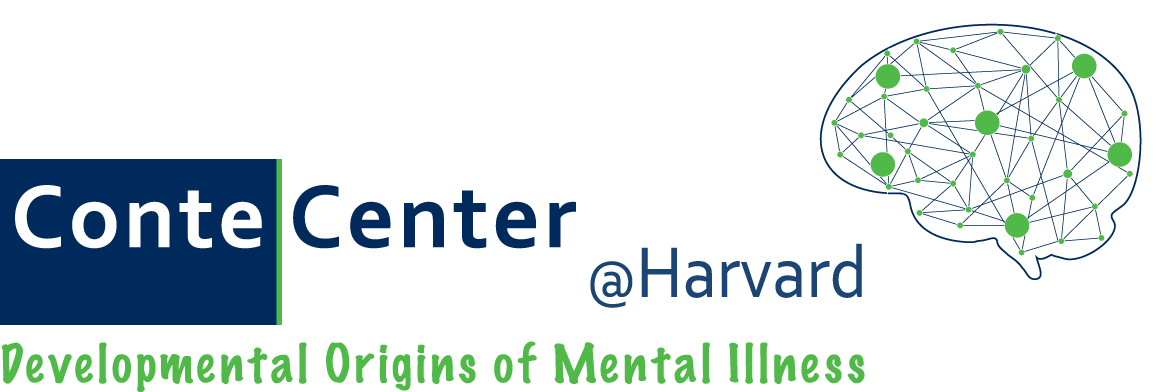Circadian rhythms outside the brain’s central pacemaker may control the trajectory of brain plasticity
Scientists have long known that humans and other animals have a master biological clock situated in a deep brain region called the hypothalamus. In this master clock, cells manufacture timekeeper molecules whose levels oscillate to maintain the 24 hour cycles that define our lives. Yet these same timekeeper molecules are made throughout the brain and body, suggesting undiscovered functions for circadian genes outside the hypothalamus.
Read moreSex-based differences in sensory processing identified at cellular level for first time
Take a moment to picture the reaction of a man in a bar to a beautiful woman walking in the door. Then picture the reaction of a woman sitting in the same spot in the same bar, looking at the same thing. Chances are you imagined different behaviors.
“The most extreme behavioral differences within a species are found in the way male vs. female animals respond to the same sensory stimuli,” write the authors of a recent study on sensory processing in the mouse brain, led by Catherine Dulac, Higgins Professor of Molecular and Cellular Biology in the Department of Molecular and Cellular Biology at Harvard and a Howard Hughes Medical Institute Investigator.
Read moreNeuroscientist Jeff Lichtman on Being Humbled by Nature
From drops of pond water to slivers of brain tissue, Jeff Lichtman has always enjoyed looking inside things. His interest in the microscopic realm began back when he was a young boy growing up in Westchester, New York. The son of a hematologist, he had a small research grade microscope in his bedroom from second grade on, complete with its own oil immersion lens.
“I kind of took it for granted. It didn’t even occur to me that this was bizarre,” he says.
Read moreMany people with autism display atypical sensory processing, and in independent studies, abnormalities in a deep brain structure known as the insula. A new study from researchers at Harvard reveals that across four different mouse models of autism, the development of sound-touch integration—important for social play in rodents—is impaired. This impairment reflects deficits in inhibitory circuit maturation in the insula and can be rescued by boosting inhibitory neurotransmission early in brain development.
Read moreModel of visual critical period suggests that maturation of inhibition in early postnatal development lowers the ratio of spontaneous to evoked cortical activity
Inhibitory circuits in the cerebral cortex are known to mature subsequent to excitatory circuits, and this later maturation of inhibition is believed to play a central role in triggering critical periods. Yet exactly how the rise of inhibition “turns on” a critical period has long remained enigmatic.
In a Viewpoint article published October 2nd in Neuron, researchers propose that the answer lies in the selective suppression of spontaneous, as opposed to environmentally-evoked, neural activity. Critical period plasticity may be induced when there is a shift from predominantly internal to predominantly external learning cues, and the ratio of spontaneous to evoked cortical activity is lowered past a certain threshold…
Read more